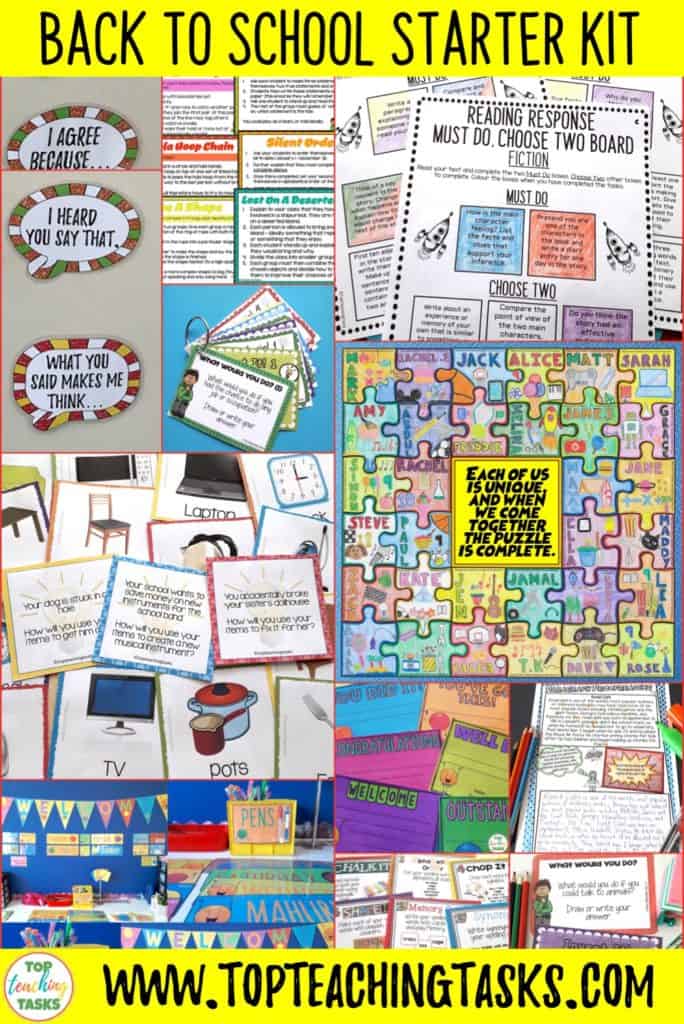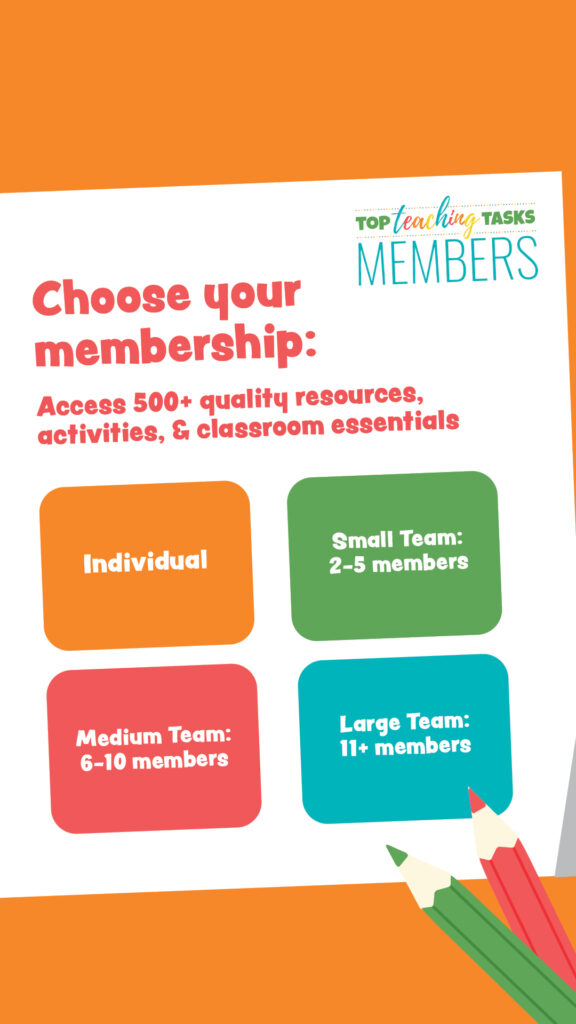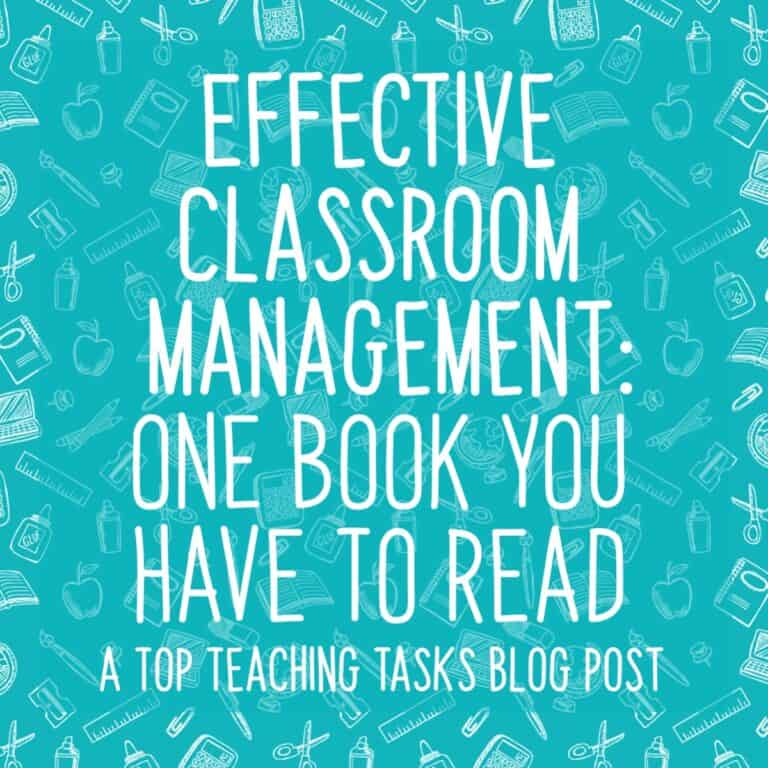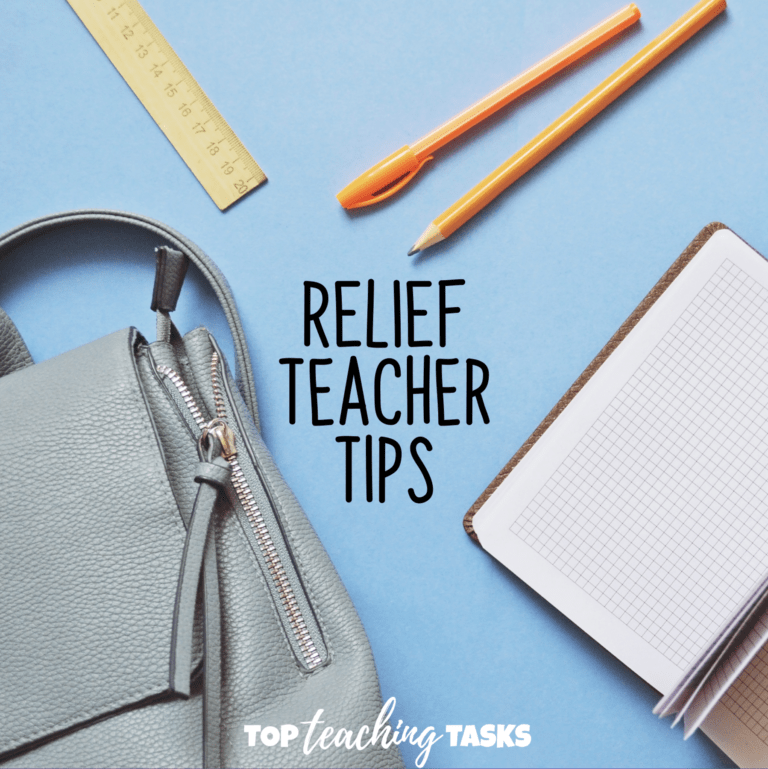Beginning Teachers: Managing Teacher Workload

When I asked beginning teachers to share with me the biggest challenge of their first and second year of teaching, the answer was clear. Managing the teacher workload was something that every beginning teacher mentioned.
In this blogpost, my wonderful beginning teachers will share their experiences of managing their teacher workload. There are lots of valuable insights below!
Managing the teacher workload – Experiences of First-Year Teachers
The workload is definitely heavy. This is especially so as a new graduate when you are still finding ways of simplifying everything that you do. I check my emails for the last time at 5 PM, then I don’t check again until the next day. The same rule applies for parent communication unless it is urgent! I like to write a list of everything I need to achieve in the week. This list also has what I need to complete each task and who I can ask for help. This allows me to go from feeling overwhelmed to feeling in control. There is only so much you can do and you do need a break. Working through exhaustion is not good for anyone; yourself or your students.
My takeaway – Set clear boundaries around when you will check and reply to emails. You do not need to be available 24/7.
For me, the workload seemed immense in the beginning. It seemed like there was always some minor task or piece of paperwork or assessment that you needed to do. I would go home and work late into the evening and feel like I was never making any progress. Eventually, I found somewhat of a rhythm in my workload and it doesn’t bother me so much now. I found out the hard way not to plan specific lessons further than a couple of weeks ahead at a time. This is because there will always be something that pops up that derails it and requires it to be redone. This happened to me more times than I can count!
I also will dedicate about an hour of my PCT/BT day each week to making sure all of my planning is up to the standard that I would like it to be. This gives me more time to go over formative assessments/anecdotal notes and ensure my programmes are still useful for my students, tweaking them as necessary.
My takeaway – Using your PCT/BT release time effectively can help with the feeling of overwhelm as a beginning teacher.
The workload is something I am still working on, to be honest. I am trying to get my bearings around being a first-year teacher and also managing my other teaching responsibilities. Planning has taken a lot of my time. Often I go straight home at 4.30 PM and work at the kitchen table until 11 PM to midnight and sometimes into the early morning. I was an avid crossfitter and exercised every day but since becoming a teacher I can not find the balance for work and school. Constantly, I am telling my children that I am planning or working. I am working to get back into the gym and cut down on work.
My takeaway – It can take time to figure out how to manage the teacher workload. Keep trying!
Managing the teacher workload – Experiences of Second-Year Teachers
I use one of the many notebooks and diaries I own and take it to all meetings. Here, I write anything that I need to do down and prioritise it by numbering it in order of most to least important. I then tackle this list in order from the highest priority.
Find a planning template and give it time to work for you. Edit it, change it, add things, remove things, but don’t give up. I spent so much time finding new templates and making new templates. The end result was my planning took hours. I have stuck with one template all year this year and my planning is so quick. I got used to it and made it work for me over time. It didn’t happen in one week.
My takeaway – Find the planning template that works for you and stick with it. Don’t expect to be a planning superstar in one week – it will take time to get into a rhythm.

Again, depends on the year level and school. Our school is quite paper-heavy and so the workload felt suffocating at times. What I found super helpful was to plan out my release times and set out small goals that would help relieve some of the workload I had. Knowing the things that can be “compromised” (e.g. making sure your marking books are colour coded) versus the things that couldn’t be compromised (e.g. data entry) helped me prioritise what I used my time on.
My takeaway – Learn to tell the difference between the “very important” tasks and the “less important” tasks so you spend your time wisely. There are no extra marks for pretty, colour-coded planning.
I always knew teachers had a major workload but only after I actually started teaching did I fully understand what this meant. From day one, a teacher is expected to hit the ground running and the workload just seems to get bigger and bigger every day. Sometimes it seems like if you cross one thing off, there are three more tasks that need to be added. Now I see why teacher burnout is a real thing. It can become quite overwhelming if you don’t have a strong support system.
In order to deal with the workload, I have taken to making to-do lists, asking for help when needed, and working collaboratively so that it doesn’t get too overwhelming. Since I am in an ILE setting with two other teachers (one of them being my mentor) I feel like, again, I have gotten very lucky. We work very well together and divvy up different responsibilities and tasks so that the workload is not too much for any of us.
My takeaway – Look for opportunities to work collaboratively and share planning responsibilities. Work smarter, not harder.
In short, the workload is phenomenal. I don’t know anyone else within the profession who thinks otherwise. I recently saw a Facebook post which said “Parents only see 1/10 of the work you do”. That pretty much summed up a whole portion of my journey as a beginning teacher.
When I first started as a BT I quickly realised teaching can consume your life and your family life very quickly. By the end of my first term, time management became a major component of dealing with the workload. Lunchtimes were split:20-25 minutes for eating and socialising (vital) and the rest of the break was spent doing workload-related tasks. The paperwork was often started but completed after work or in the evenings at home. PRT days were spent testing, observing, teaching alongside my mentor teacher and simply accessing and looking through resources the school already had available.
I decided, after working for most of the weekend regularly, that Saturdays were purely whanau time. This meant no schoolwork whatsoever. From 3 PM on Sunday I would do my school planning. I also spent some evenings marking, gluing, and cutting.
My takeaway – Carve out some of your weekends to STOP working and relax. Spend time with your family and friends! There will always be more you can do, but prioritising rest is very important.
See more from our beginning teacher series
Back to School Starter Kit
Our Back to School Starter Kit contains everything you need to get your classroom set up and ready for day one. This resource includes classroom decor and display materials, literacy and social studies activities, early finishers and team building activities, and more!
Print, photocopy and laminate these resources and then put your feet up knowing you are ready for day one! You’ll also save with our generous discount (25% off!). See more here.











